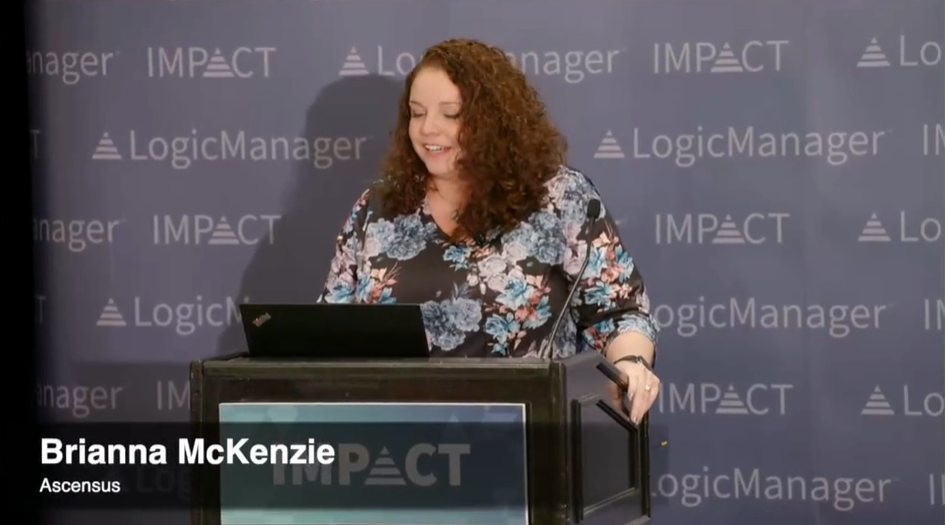BIA and BCP Management
Protect Your Reputation with BIA & BCP Software
LogicManager’s Business Impact Analysis (BIA) and Business Continuity Planning (BCP) software empowers organizations to prepare for potential disruptions; solidifying trust with external parties such as vendors, clients, or potential shareholders. If disaster-related interruptions cause your operations to go down, the reputation of your organization may be irreversibly damaged. Our taxonomy-driven platform keeps track of critical internal operations as well as downstream dependencies in the case of an event. With our risk-based approach, you can address those risks in order of criticality to your organization.
- Conduct a BIA on your processes helps you determine the most critical areas of your organization.
- Develop, approve, and manage your Business Continuity and Disaster Recovery Plans on an ongoing basis.
- Ensure the BCP you have in place is operational and effective with automated testing.
- Leveraging risk-based BCP software to bridge siloes to uncover exactly which business areas are impacted by potential outages. This helps you identify areas of improvement and close gaps proactively.
- Prove BCP compliance to auditors and BCP effectiveness to senior management with highly configurable reports and compliance checklists.
For additional value:
Why Logicmanager? – Users of LogicManager’s BIA & BCP Management software explain how they have benefited from our platform and expert advisory service.
Customer Success StoriesExplore How Companies Overcame Challenges With Our BIA & BCP Solution

IMPACT 2023 Why Business Continuity Planning is Crucial and How to Make it Sustainable
Discover how LogicManager’s software empowered Ascensus to create a sustainable Business Continuity Planning program, as recounted by Brianna McKenzie in her IMPACT 2023 presentation, showcasing real-world challenges and strategies for effective implementation.
What Our Customers Are Saying...
The LogicManager DifferenceA Holistic Approach to Enterprise Risk Assessments

Business Decision InsightsFocus on What’s Important
Through our ERM software, we enable our customers to allocate more time to strategic risk management, reducing their involvement in tedious administrative activities like data cleansing and manipulation. Our solution enhances operational efficiency while uncovering the “unknown knowns” that risk managers may overlook, thus ensuring proactive identification and mitigation of risks.
Customer ExperienceStreamline Your Risk Management Program
Unlike other software that requires IT professional customization, our solution allows customers to control engagement through an end-user configuration. This approach enables faster time-to-value and allows organizations to evolve their programs over time, not to mention a quicker return on investment.


Risk-Based ApproachPrepare for Tomorrow’s Surprises Today
A risk-based approach is the key to effective governance, risk, and compliance. By adopting this methodology, organizations can prioritize their efforts across different departments, recognize potential hurdles and crucial interdependencies, and allocate resources appropriately. Embracing a risk-based mindset allows organizations to strategically allocate their resources to areas that hold the most value in terms of privacy protection and compliance.
CapabilitiesAn All-In-One Enterprise Risk Assessment Platform
Frequently Asked QuestionsFoundations of BIA & BCP Management
Related PackagesYou May Also Like…
Request a DemoLearn How LogicManager’s BIA and BCP Software Can Transform Your Risk Management Program
Speak with one of our risk specialists today and discover how you can empower your organization to uphold their reputation, anticipate what’s ahead, and improve business performance through strong governance.





